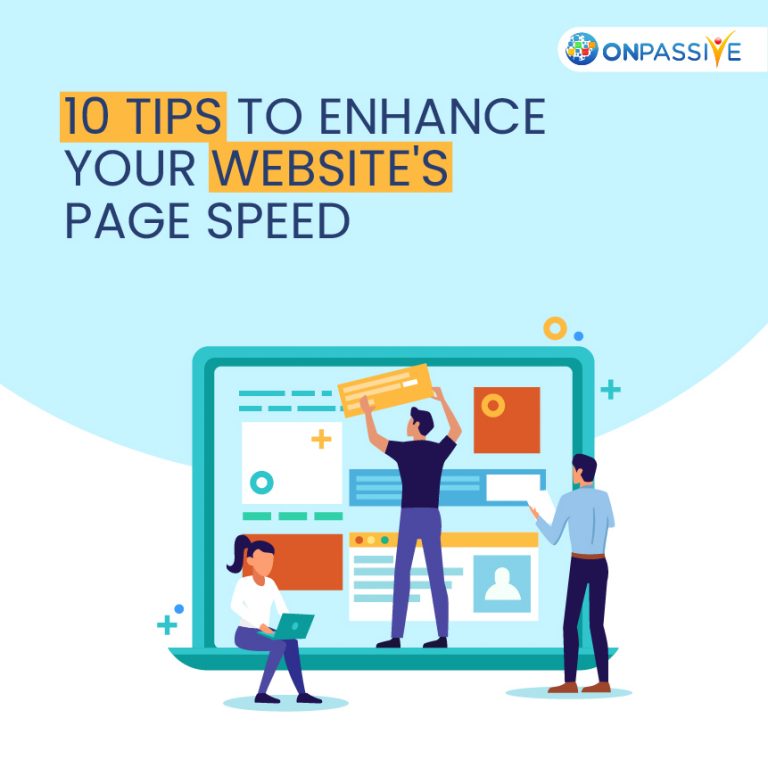
PageSpeed Insights is created by Google as an industry-standard testing tool for evaluating the performance of a website. It uses an algorithm that combines various factors of a website to try to rate them with an overall score. This score is further separated into mobile and desktop interfaces to demonstrate the various factors affecting the two kinds of visitors.
Why should you care about the score?
Usually, website page speed testing is seen as a concern of developers. However, with the advent of PageSpeed Insights, non-coders are made to talk about websites. They are now made to compare sites and assess changes over time.
Moreover, Google tends to trial entries in their page speed algorithm that eventually become a critical deciding factor in SEO rankings. It also announced that those websites without a mobile-friendly version would be ranked lower than mobile-friendly websites. This resulted in a race to make websites display better on mobile devices to avoid SEO ramifications. The PageSpeed Insights test enable developers to measure their mobile performance before Google’s policy officially rolled out.
Are you struggling with a low website page speed score? Here are ten ways in which you can improve your website score page:
Make a deal with a good hosting provider
If you are being flagged for Reduce Initial Server Response Time, you might have subscribed to a cheap hosting plan that won’t respond as fast as dedicated hardware. While the price of hosting varies widely, you must make a deal with a good hosting provider. Take a look at the available packages carefully and choose the one that appropriately supports your website’s traffic.
Ensure that GZIP is supported
GZIP is a mechanism of compressing data that takes place at the server level. It provides faster loading times of common assets like images, script files and stylesheets. Thus, ensure that GZIP is well supported and enabled.
Lazyload website images
Web designers are mostly tempted to upload the highest quality images they have. However, it can affect the site’s loading speed significantly. Even if you compress an asset in Photoshop, make sure to use image compression tools to maintain optimum website speed.
Moreover, consider lazyloading as many images below the fold as possible. It will slow down an image from loading until the user scrolls the viewport to where the image lies. Minimizing the elements needed at page load will drastically affect speed. While plugin options are available for lazy loading, you can add a lazyload library to your theme.
Apply the swap option for custom fonts
You will get flagged by PageSpeed Insights if the text on your site is invisible until the custom font loads. This ‘flash of invisible text (FOIT) is avoided if you load a system font and then swap it for the font you wanted once the resource is ready.
Combine and minimize CSS & JS
If your website theme combines and minimizes scripts and stylesheets, it’s a good thing for you. However, that is not sufficient to fulfil the speed test. Use a plugin to further combine files from plugins and minimize the total number of requests on page load.
Check your theme for unused code
If your site has multiple layouts across templates, it would be difficult for you only to load the styles and scripts used on that specific page. However, you can improve some of your CSS line items by enlisting what’s actually being used. You might be having a JS library that you thought you would use, but you don’t.
Moreover, cut down the active plugins to only those you need. Don’t use a plugin if you can facilitate it natively in your theme.
Objectively evaluate the length of your page
If you are ever flagged for ‘Avoid an excessive DOM size’, you must objectively evaluate the length of your page. If you require various sections down a page, keep their function minimal. Or, if you need an intense interactive element, place it on a page where it is the main content.
Manage your redirects
If a resource URL is outdated and has to follow a redirect to a new location, you are somehow delaying loading all the page elements. Thus, enable the options to force HTTPS before page load so that you can divert the redirects altogether.
Remove tracking elements for expired campaigns
If you happen to add any tracking scripts, including analytics or conversion pixels, naturally, your website speed ought to fall. This is because third-party scripts usually fail many of the PageSpee metrics. They unnecessarily redirect from one URL to another. Thus, you must remove tracking elements for expired campaigns. Also, when running an A/B test, consider gathering data first and then remove the test script.
Find a right caching solution
Once you have optimized all the elements on your site, find a caching solution that helps you build and save pre-built files. It improves site speed by removing the need to load all the assets anew on each visit.
Conclusion
The tips discussed in this article are not full proof to clear the PageSpeed Insights test. However, they are the guidelines to enable you to focus on the elements of your site that you can control. Most often, visitors are less likely to look at your score. A visitor is seeking meaningful content with optimum site speed. You can easily offer what your visitor is looking for if you take charge of basic things on your site and focus on improving them.


